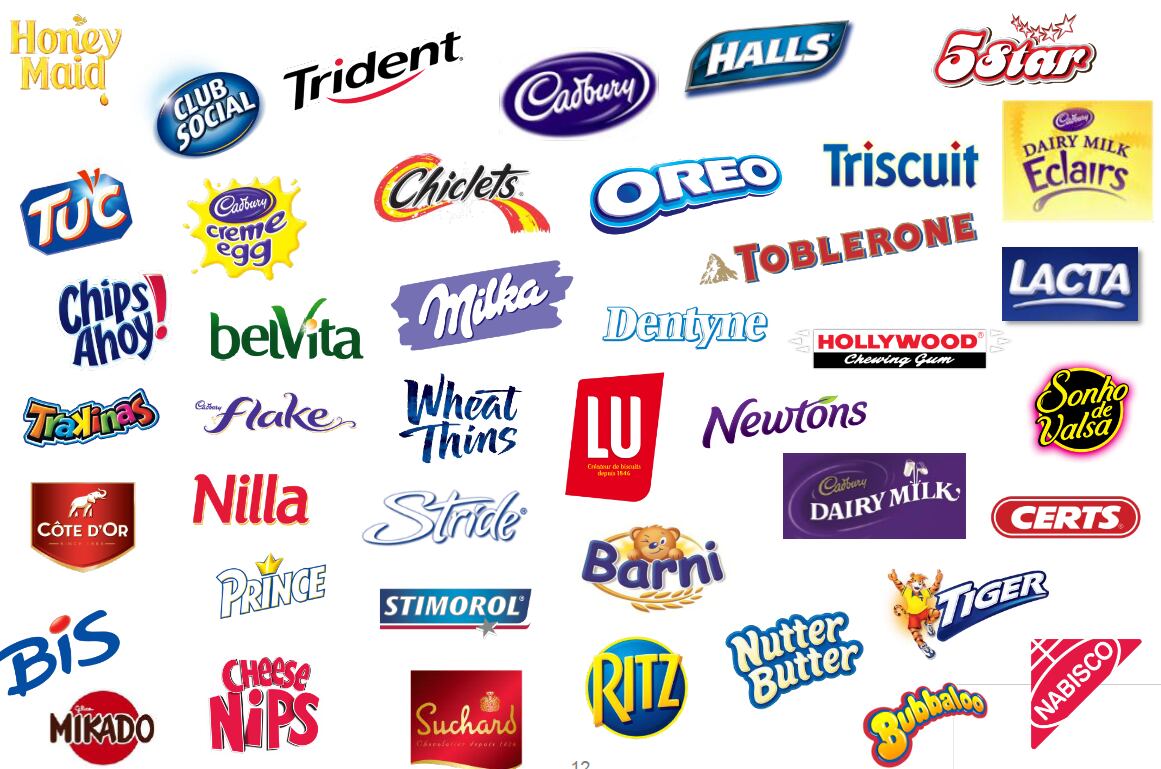Rosenfeld yesterday delivered a speech at the Barclays Back to School Conference in Boston, Massachusetts, US, ahead of Kraft Foods’ spilt into a global snacks business (Mondelez International) and a North American grocery business (Kraft Foods Group) on 1 October.
The company has forecast 5-7% sales growth in 2013 and in the long-term for Mondelez, which the company claims will become the category leader in biscuits, chocolate and candy, and number two in gum. Mondelez will start with $36bn in revenues.
As part of ‘The Mondelez Series’, we’ll be bringing you a breakdown of Mondelez’s strategy by category over the next week on top of analysts' views ahead of planned spin-off.
The brands leading 70% of Growth
Biscuits
Oreo, Tuc, Club Social, BelVita, Chips Ahoy!, Barni
Gum & Candy
Trident, Halls, Chiclets, Stride, Dairy Milk Eclairs
Chocolate
Cadbury Dairy Milk, Milka, Lacta, Toblerone
Growth strategy: three cluster markets
Mondelez has identified three cluster markets that will form its sales strategy: Developing markets, Next Wave markets and Scale Markets.
‘Developing Markets’ focus on the high-growth BRIC countries, ‘Next Wave’ markets are other high growth regions in the Middle East and Africa and Indonesia , while ‘Scale Markets’ are developed markets with good growth prospects such as Australia, Central Europe, Mexico and Japan.
“Our growth will be broad based but the bulk will be from developing markets,” said Rosenfeld.
“Developing markets represent about 44% of our revenue and we expect that contribution to increase over time,” she continued.

Developing markets
Rosenfeld said that Mondelez would have the fifth largest revenue percentage coming from developing markets behind Unilever, Danone, Colgate and Coca Cola. This analysis puts Mondelez’s rank in developing markets just ahead of rival Nestlé and gives it about four times greater exposure than Hershey.
Category Heads
Lorna Davis – Biscuits
Jim Cali – Gum & Candy
Bharat Puri - Chocolate
Latin America is the biggest developing market for Mondelez with Asia Pacific not far behind.
Chocolate is the largest category in developing markets, just ahead of biscuits and gum & candy.
The BRIC countries are the priority developing markets and represent a third of revenues. These markets will be handed the bulk of resources with anticipated growth in mid to high teens in next five years.
Brazil: the core market
Brazil is the biggest BRIC market for Mondelez with $2bn sales last year driven by Kraft’s No.2 chocolate position through the Lacta brand.
Mondelez intends to build on the scale in this market, investing in the North and North East part of the country where it is under-represented. The company’s new plant in Recife last year helped to grow country sales 25%.
RIC markets
Rosenfeld detailed that Russia was the second largest BRIC market for Mondelez with around $1bn in sales last year. She said that the company will focus upon driving premium brands in Russia such as Milka chocolate and Barni and Jacob’s biscuits.
Meanwhile, growth in India is expected primarily through chocolate thanks to Kraft’s commanding leadership position through Cadbury. The firm also recently introduced Toblerone to India.
Innovation Strategy
Biscuits
Sustaining energy, hunger satisfaction, children wholesome
Gum & Candy
Teen market penetration, advantaged candy brands, drive frequency
Chocolate
Bubbly, bitesize, hollow wafer, choco-bakery
“Our priority in India remains driving chocolate penetration by increasing marketing support and expanding distribution,” said Rosenfeld.
The focus in China will be bolstering Kraft’s leading biscuits position through improved distribution. The company also launched Stride gum in China last month.
Mondelez profile
Mondelez’s biscuits arm, which also includes salty and other snacks, will be the largest part of the business, accounting for 30% of sales.
Chocolate, through the Cadbury business will make up 27% of sales , while the gum and candy segment is to account for 16%. Other categories are beverages and cheese and grocery.
Rosenfeld said that gum chocolate and biscuits had high growth margins as private label has lower penetration in the categories.
